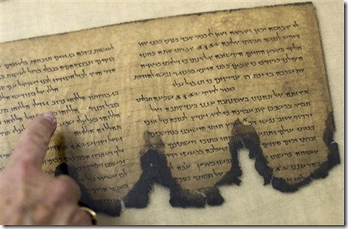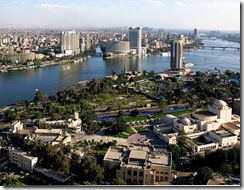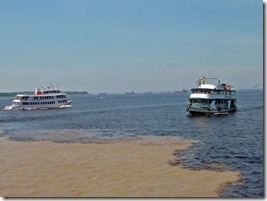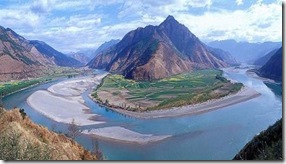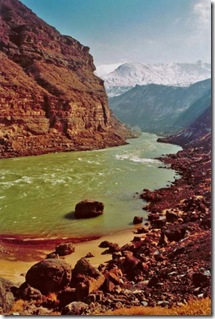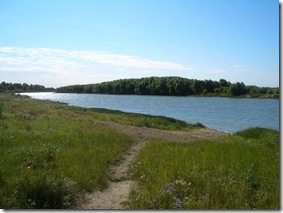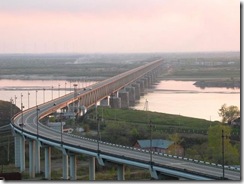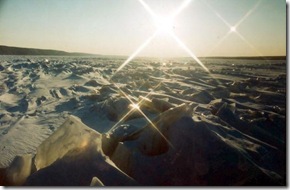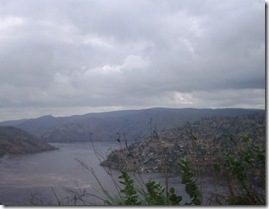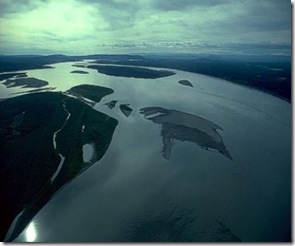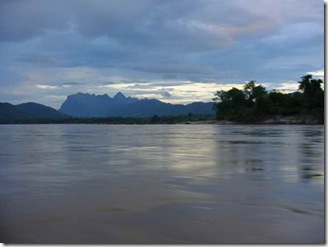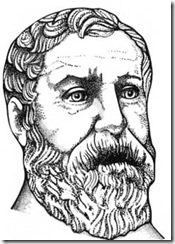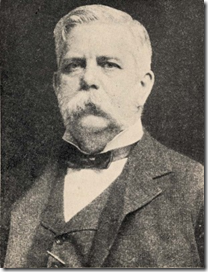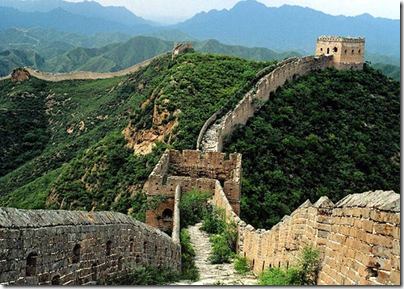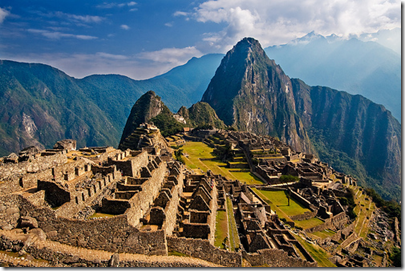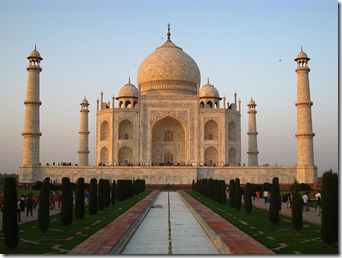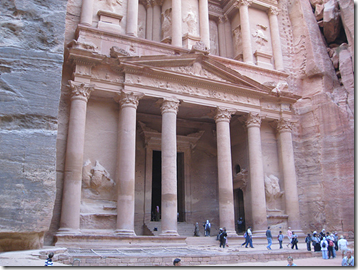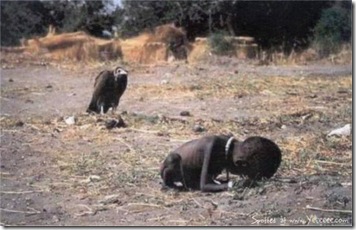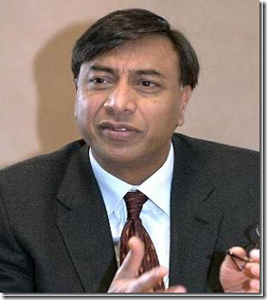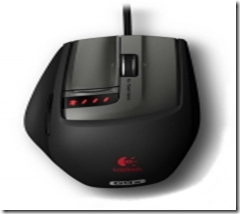10. Qin Shi Huang’s Terracotta Army
A farmer in Xi’an named Yang was drilling for water when he found the Terracotta Army in 1947. The Army was carved by 700,000 forced workers and was buried underground in front of the tomb of Qin Shi Huang so they could protect him in the afterlife. Qin Shi Huang was the first Emperor to unify China and is as much reviled for his tyranny as he is admired as a visionary. Tens of thousands of human and animal statues were created in several pieces and then assembled, each of which is unique. Actual weapons and armor were used in the manufacturing of the warriors but they were stolen shortly after the creation of the tomb. Despite the impressive discoveries in Xi’an, the tomb of the emperor has yet to be found.
9. The Dead Sea Scrolls
The Dead Sea Scrolls are a collection of ancient, mostly Hebrew manuscripts that were found at several sites on the northwest shore of the Dead Sea. Between 825 and 870 different scrolls have been found in 11 caves from 1947 to 1956. Most of the texts are biblical and include fragments of every book of the Old Testament except the book of Esther as well as the earliest known Book of Isaiah and never before seen psalms attributed to King David and Joshua. Some non biblical texts were found as well, and are commentaries on the Old Testament, rule books of the community, war conduct, hymnic compositions and benedictions to name a few. The Scrolls are believed to be the library of a Jewish Sect, written by the Essenes and hidden in the caves around the First Jewish Revolt (66-70 AD).
8. The Royal Library of Ashurbanipal
A collection of around 25,000 clay tablet fragments, the Library of Ashurbanipal was discovered in the mid 19th century by Austen Henry Layard at the Mesopatamian city of Nineveh (in what is now Iraq). Ashurbanipal was the king of Assyria during the height of Assyrian military and cultural achievements, but beyond this he was a passionate collector of texts who sent scribes throughout his Empire looking for additions to his library. The library itself was one of the largest in its time and contains approximately 1200 texts. These texts included royal inscriptions, chronicles, mythological and religious texts, contracts, royal grants and decrees, royal letters, omens, incantations, hymns to various gods and texts on medicine, astronomy, and literature. Some of the literary finds include the epic of Gilgamesh, the Enuma Elis creation story, the myth of Adapa and the Poor Man of Nippur. In 612 BC, Nineveh was destroyed by an alliance of Babylonians, Scythians and Medes and the palace was burned, thus preserving the clay tablets by partially baking them.
7. Tutankhamun’s Tomb (KV62)
In November of 1922, British Egyptologist Howard Carter found one of the most intact tombs ever found in the Valley of the Kings. Carter and his employer, the fifth Lord of Carnarvon, had been searching for Tut since Theodore M. Davis found several funerary artifacts with his name on them in 1907. The tomb is believed to have been originally intended for someone else and was turned into a royal tomb because Tutankhamun died so young, some even believe that it was to be tomb of either Ankhesenamun, Nefertiti or Smenkhare. Tut’s tomb consists of a burial chamber, a treasury, an annex and an antechamber, which is entered by a stairway and a sloped corridor. It contained a treasure trove of ancient Egyptian objects including statues, model boats, chariots, and even two mummified foetuses which are considered to be his stillborn children.
6. Pompeii
Pompeii was an ancient city that had been founded in the 6th century BC by Oscan-speaking descendants of the Neolithic inhabitants of Campania, later coming under Greek, Etruscan, Samnite and finally Roman control. As a Roman colony it prospered as a port and as a resort destination, evidence of which can be found in the many villas, temples, theaters and baths built throughout the city. Pompeii also had an amphitheater, a forum, and a basilica and was home to around 20,000 citizens. In 63 AD an earthquake caused extensive damage to Pompeii and in the years that followed there were attempts to repair some of the damage. Then terror struck on August 24, 79 AD when the nearby volcano of Mount Vesuvius erupted and blanketed the city in cinders and ash. Pompeii was discovered in 1599 by Domenico Fontana while he was working on a hydraulics project, but remained unexcavated until it was rediscovered in 1748 by Spanish military engineer Rocque Joaquin de Alcubierre.
5.The Lascaux Cave
A vast cave complex in southwestern France, Lascaux is best known for its many Paleolithic cave paintings. The Lascaux Cave was discovered by four teenagers, Marcel Ravidat, Jacques Marsal, Georges Agnel and Simon Coencas on September 12, 1940. There are nearly 2000 figures of animals, humans and abstract signs inside the cave. The animals that were painted include stags, cattle, bisons, felines, a bird, a rhinoceros and a bear. Lascaux doesn’t seem to have been occupied but rather visited periodically just for the purposes of painting. In 1948 Lascaux was opened to the public but the amount of daily visitors to the cave were changing the atmosphere inside the cave so it was closed in 1963 and 20 years later an exact replica, Lascaux II was opened. Today the cave is under attack by a series of molds, fungi and bacteria threatening to erase this priceless work of Prehistoric art.
4. Peking Man
Peking Man or Beijing Man was a previously unknown type of Prehistoric man discovered by Canadian anatomist Davidson Black in a cave at Zhoukoudian, China in 1927. Between then and 1937, 14 partial craniums, 11 lower jaws, many teeth, and skeletal bones were found at the site. It is believed that the cave was home to about 45 individuals. From extensive studies of the remains made by Black and his predecessor German anatomist Franz Weidenreich, we know that Peking Man stood erect, made stone tools, understood how to use fire, had a heavy brow ridge and large teeth. In 1941, while being shipped to the United States for safety during World War II, the original fossils disappeared and have yet to be found. However, casts and descriptions remain and since the end of the war, other Peking Man fossils have been found at the site and at other sites throughout China.
3. The Rosetta Stone
The Rosetta Stone is a black basalt stela (an ancient upright stone slab bearing markings) that dates back to 196 BC. An Egyptian decree honoring King Ptolemy V is carved into the stone in Greek, Demotic Egyptian and Egyptian hieroglyphs. The stone would have originally been displayed in a temple and was later moved and used as building material in a fort at the village of Rashid (Rosetta). It was discovered there by Captain Pierre-Francois Bouchard on July 15, 1799, during Napoleon’s campaign in Egypt. Attempts to decipher it were first made by Thomas Young, who translated the Demotic text, and by French Egyptologist Jean Francois Champollion who is generally known as the translator of the Rosetta Stone. Champollion used the Coptic language to realize that hieroglyphs served as a spoken language and not just symbols.
2. The Behistun Rock
Discovered by Englishman Robert Sherley in 1598 while on a diplomatic mission to Persia, the Behistun Rock is a multilingual inscription authored by Darius the Great. The inscription begins with Darius’ autobiography and goes on to describe several events following the deaths of Cyrus the Great and Cambyses II. Much like the Rosetta Stone, the Behistun Rock includes the same passage in three cuneiform script languages: Old Persian, Elamite and Babylonian. The text was translated in stages by Georg Friedrich Grotefend (Old Persian), Sir Henry Rawlinson, Edward Hincks, Julius Oppert, William Henry Fox Talbot and Edwin Norris.
1. The Olduvai Gorge
An Ancient lake basin in northern Tanzania, the Olduvai Gorge has yielded the remains of more than 60 hominids as well as the two earliest stone tool traditions ever found (Oldowan and Acheulian). The gorge was discovered by German entomologist Wilhelm Kattwinkel in 1911 when he fell into it while chasing a butterfly. This inspired Hans Reck to lead an expedition there in 1913 but his work was ended by World War I. Excavations of Olduvai began in 1931 by Lois Leakey and his wife Mary. Three separate species of hominids have been found at Olduvai over the years, including Australopithecus boisei, Homo habilis and Homo erectus. Animal remains have also been found at the site including large antelopes, elephants, hares, guinea fowl, giraffes and hipparions (extinct three-toed horses).

